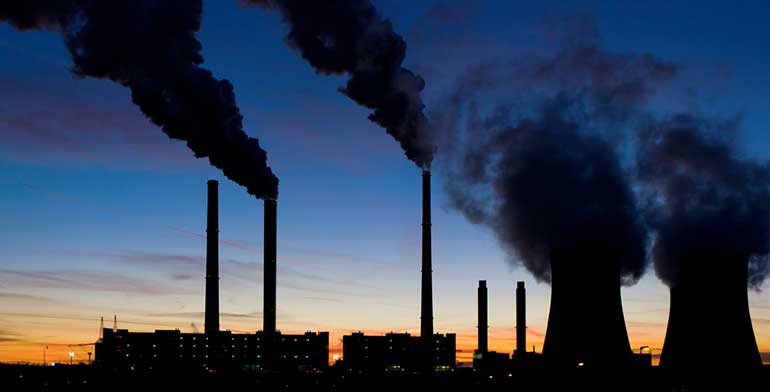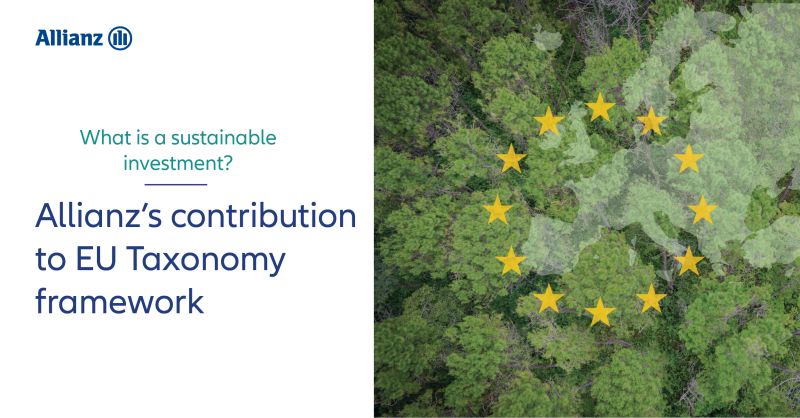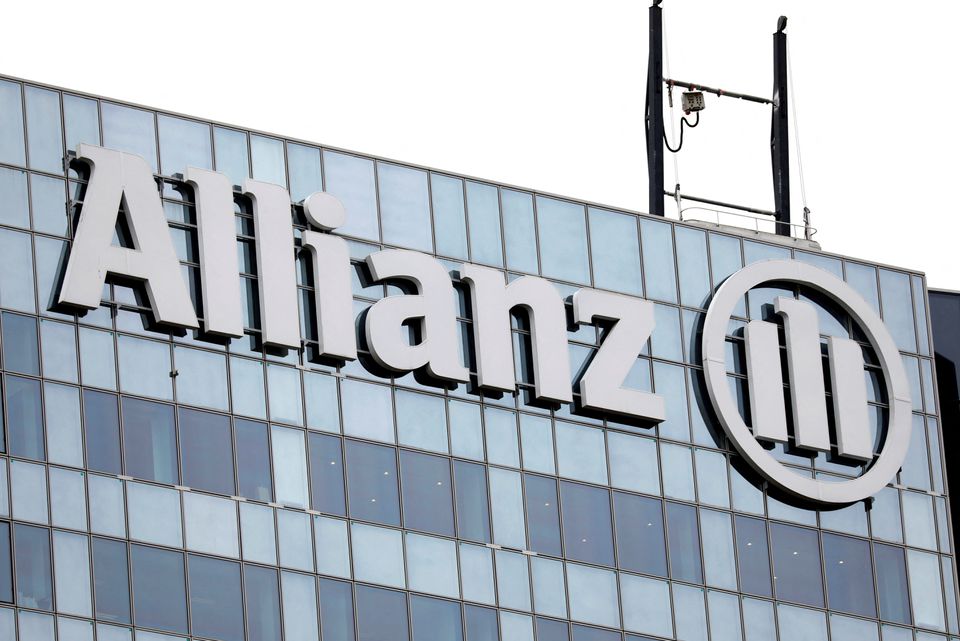Capital markets combat climate change
Allianz SE

The Target Setting Protocol (TSP), a document created by the UN-Convened Net-Zero Asset Owner Alliance (AOA), was updated in January 2022. Setting climate goals that are in line with keeping global warming below 1.5°C is aided by the TSP. Günther Thallinger, a director of Allianz SE, is the head of the Asset Owner Alliance (AOA).
Our planet and the people who rely on it are challenged by the climate emergency. It is crucial that all economic decisions take sustainability into account. The only way we can achieve sustainable capitalism and create an economy that meets human needs while not compromising the environment is through this.
"It is vital that sustainability is an integral part of all economic decision-making." Günther Thallinger, board member of Allianz SE
Institutional investors in the AOA have made a commitment to carry out this action in order to achieve the TSP's ambitious, scientifically based interim targets while also decarbonizing their portfolios by the year 2050. Our precise and unambiguous low/no overshoot objective is to achieve the least amount of overshoot, with acceptable pathways only including 1.5 degrees and a maximum overshoot of 1.6 degrees. On a five-year cycle, alliance members are required to publish challenging interim goals.
Even more challenging goals for 2030 are now required by the second TSP, which has raised the bar even higher. Net-zero goals are only one factor, though. The TSP now has increasingly thorough coverage of all economic sectors thanks to mechanisms that guarantee the inclusion of all asset classes, including infrastructure. We are confident that by leveraging our individual strengths, we can shift capital flows to hasten the switch to clean energy and create a net-zero economy.
In 2021, the first TSP was made available, and this January, the second. What has changed in the past 12 months?
Last year, the TSP reflected the growing number of member commitments to establish portfolio targets that were in line with the Paris Agreement. However, commitments by themselves do not ensure actual change. The 2022 Protocol is more explicit about the steps participants must take to enable a transition to a 1.5°C pathway in line with the IPCC's "no or limited" overshoot scenarios.
It clarifies climate change scenarios to help set goals. Three areas are improving. First, the Protocol has expanded to include infrastructure (equity and debt) and sovereign debt. This shows the Protocol's intent to add asset classes annually.
Second, this version aligns climate targets with the latest IPCC report. First edition recommended reducing emissions 16% to 29% by 2020-2025. This edition recommends 2020-2030 reductions of 49%-65%. It also proposes 22–32% reductions by 2025. The AOA's aspirations have shifted dramatically. Third, the Protocol describes more granular metrics and asset classes. The Protocol lists our climate-related requests to companies and asset managers. The focus is on Scope 3 emissions, which represent 95-97% of an asset owner's portfolio emissions, so the inclusion is helpful to members.
Concerns exist about net-zero. Critics say there isn't a comprehensive definition, so companies can cut corners on emissions.
Race to Zero explains 1.5°C net zero well. We use this to explain our definition of net-zero, which is a transition to a pathway to limit global warming to 1.5°C.
Alliance members change their investment decisions based on this, allowing them to work effectively on the transformation. With science-based short-term targets for portfolio emission reductions, sector emission intensity reductions, company engagement, and transition financing, plus a UN-led neutral target-monitoring secretariat, we've made important first steps. If companies commit to net-zero by 2050 without details, the pledges may not mean much.
Climate change action means no new oil and coal projects. COP26 agreed to phase out coal globally. How does Alliance view fossil fuels?
Alliance targets must be based on fossil fuel-related no and low overshoot pathways. This includes coal phase-outs. The Alliance has an explicit position on coal phase-out, which members are adopting. The Alliance will accelerate this process.
Investing in a carbon-neutral economy is important. IEA Net Zero shows oil & gas demand reductions needed in 30 years. This can only be done by balancing economic, climate, and social needs globally. The TSP reflects that these scenarios don't require new oil-related infrastructure.
At the AOA, we believe a greener economy is essential. The AOA believes a viable and just transition must be ensured because it will involve significant disruption. We realize this transformation offers opportunities for long-term investors and want to work with governments to guide a transition.
Voting rights? The Sunrise Project says AOA members are committed to carbon neutrality but fail to decarbonize polluting companies. They contrast pro-engagement rhetoric with climate voting practices. Alliance membership doesn't improve voting records. Fair critique?
Good analysis of NGOs' role. Voting is an important part of stewardship, so we've published proxy voting engagement guidelines to help members work with their asset managers. It's not always a binary process. Each asset owner and manager must evaluate a proposal based on their net-zero commitment.
The first TSP version was released last year. This year's Protocol calls on asset managers to support the transition and align their portfolios to 1.5°C and net-zero by 2050. The Protocol includes climate-related requests of managers, such as publishing their approach to integrating climate risk and opportunities. If the Sunrise Project performs the same analysis in three years, we have a problem.
What are AOA's future goals? 33 institutional investors had $5.1 trillion AuM in 2021. 70 and $10.4 trillion. However, only four US-based members are listed.
While we don't have a growth target, 100 by 2022 would be nice. We want to include the U.S. and China. We're talking with sovereign wealth funds.
We want more members not just because of AuM. Each new member's expertise is also invaluable. The TSP, pathways, commitments, and dedication come from our members and their experts. Our world-class experts helped us develop world-class ideas. New members improve and refine our approach and build momentum for bold climate action plans.
The AOA's influence goes beyond its members. The TSP shows how a group of like-minded organizations can set climate ambition standards for financial institutions and high-emitting companies. Our main member groups, insurers and pension funds, lead by example.
Source: Allianz news






